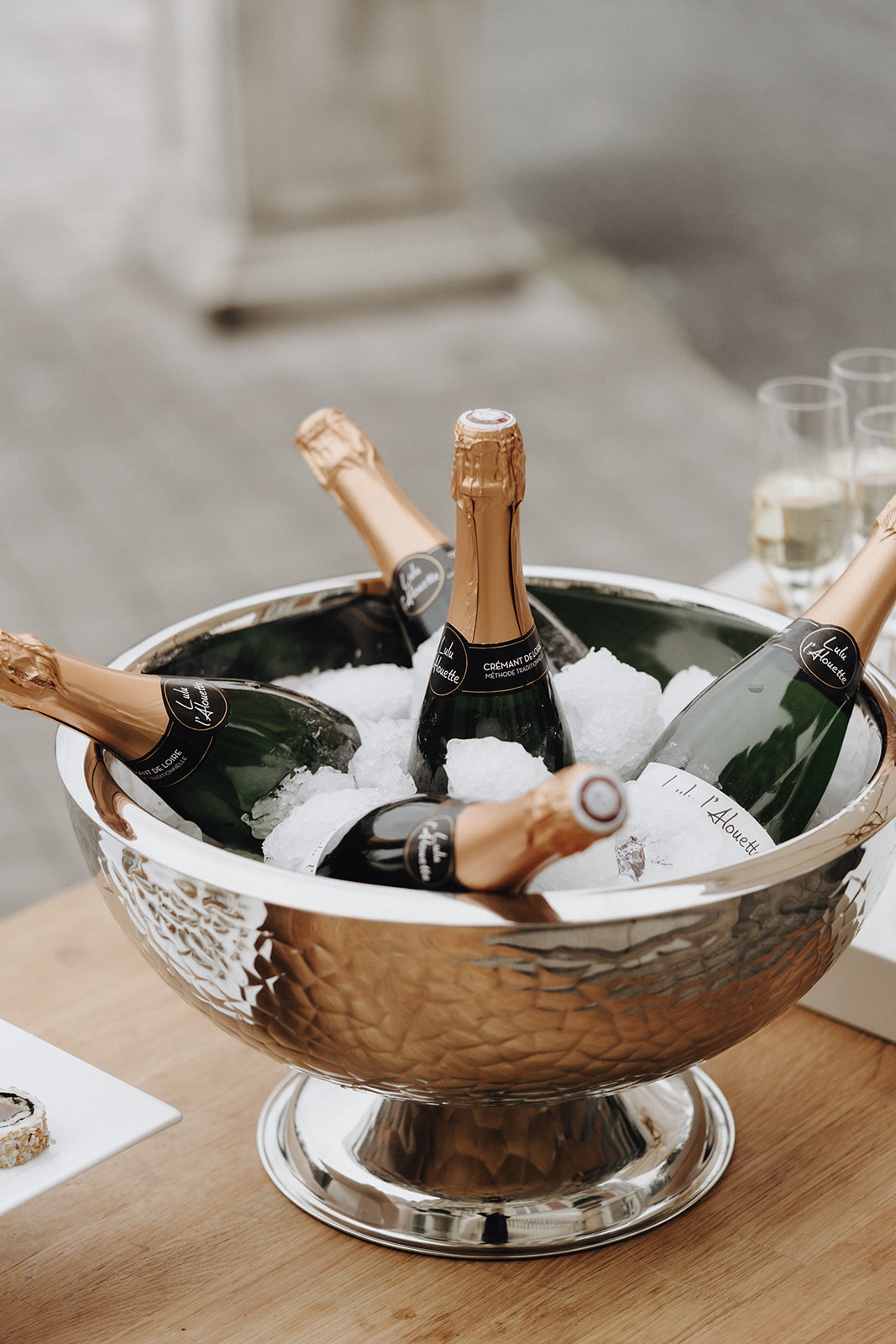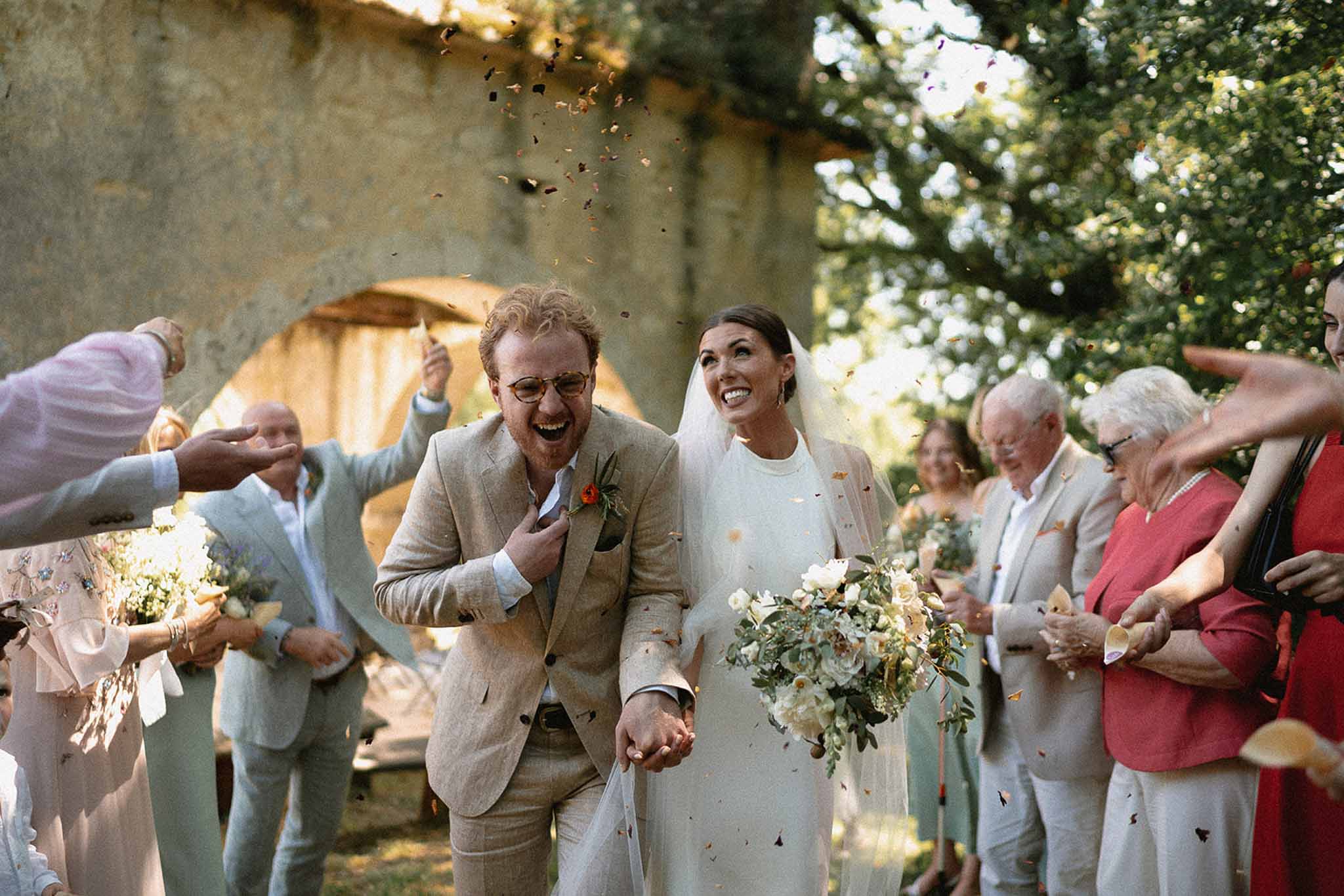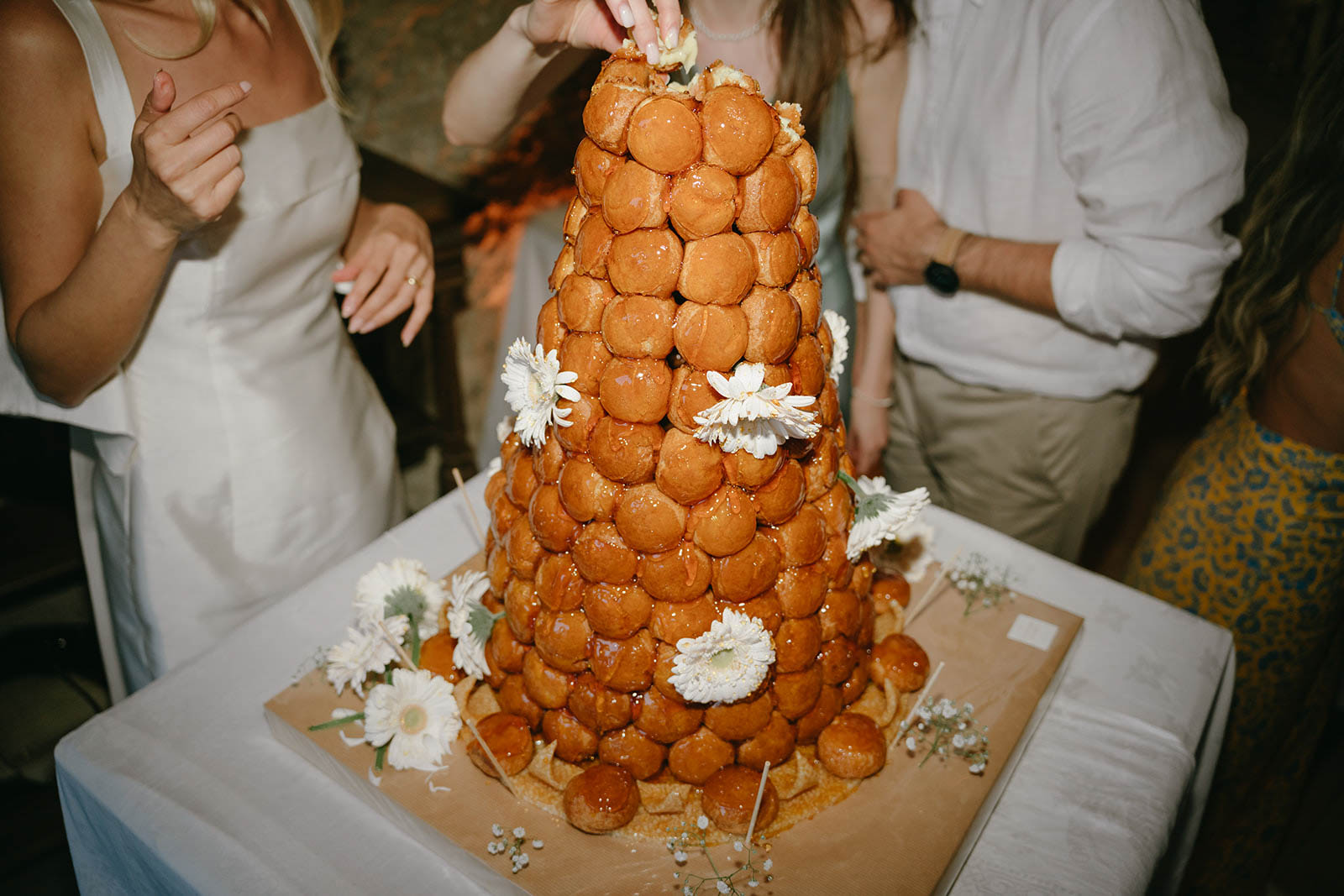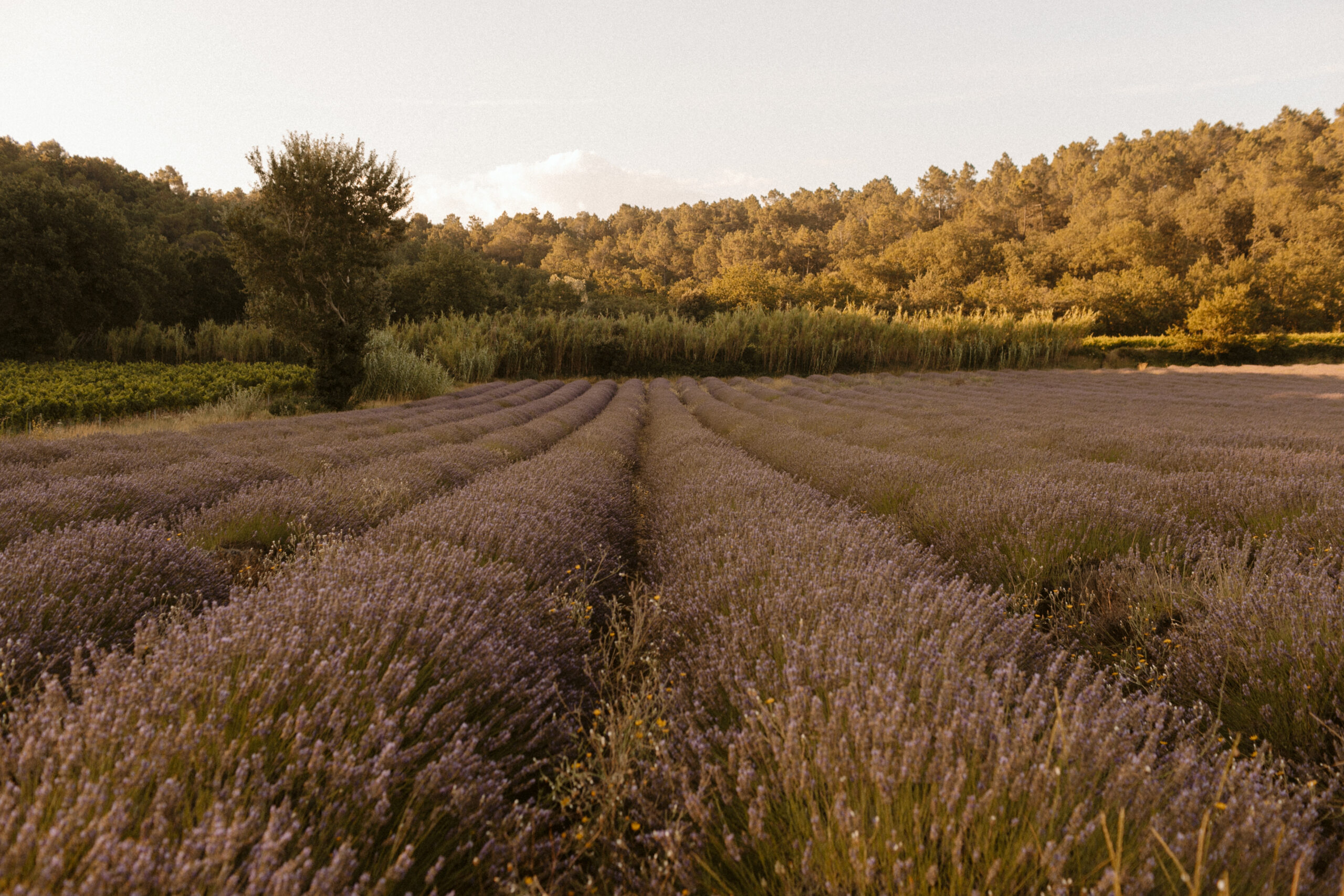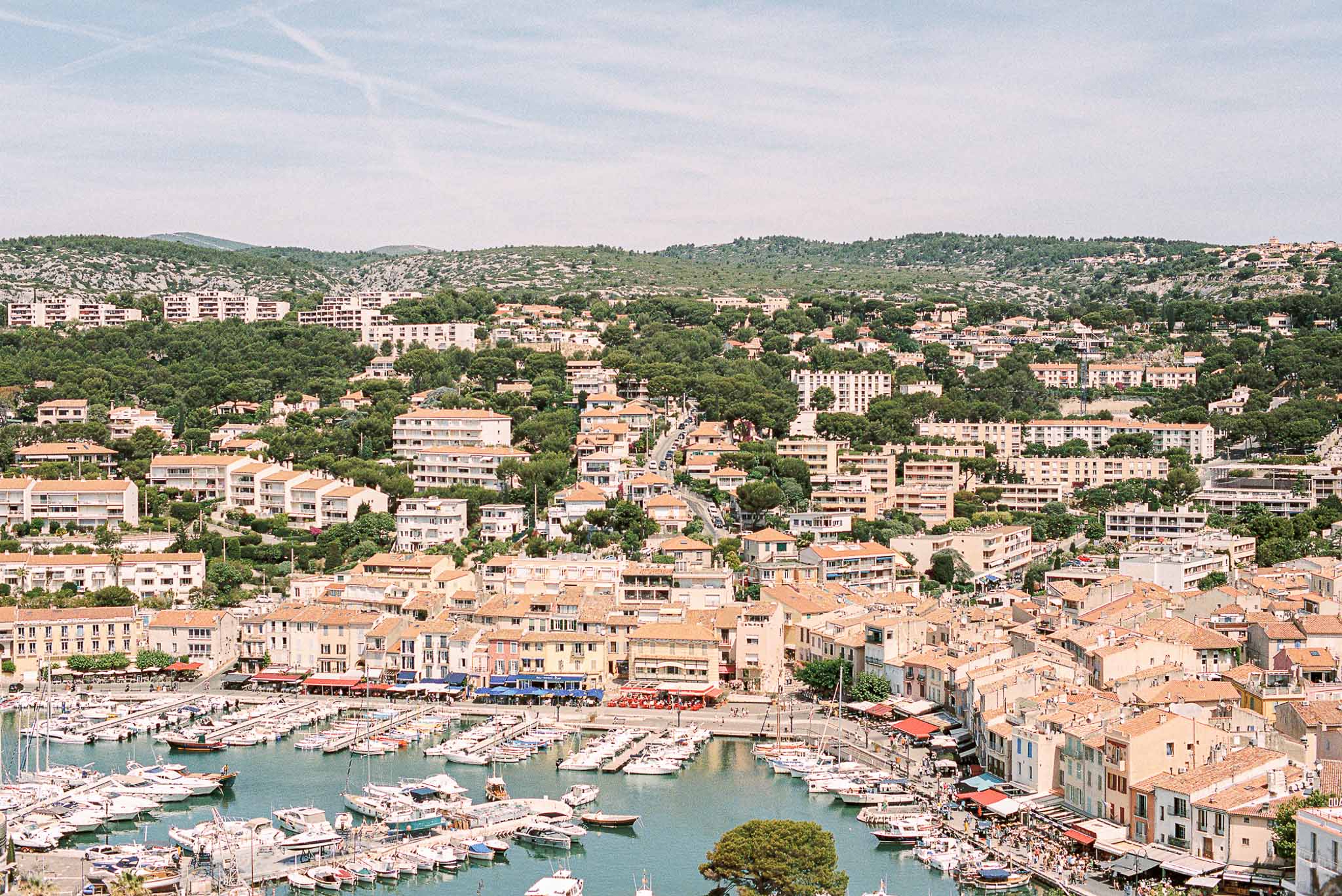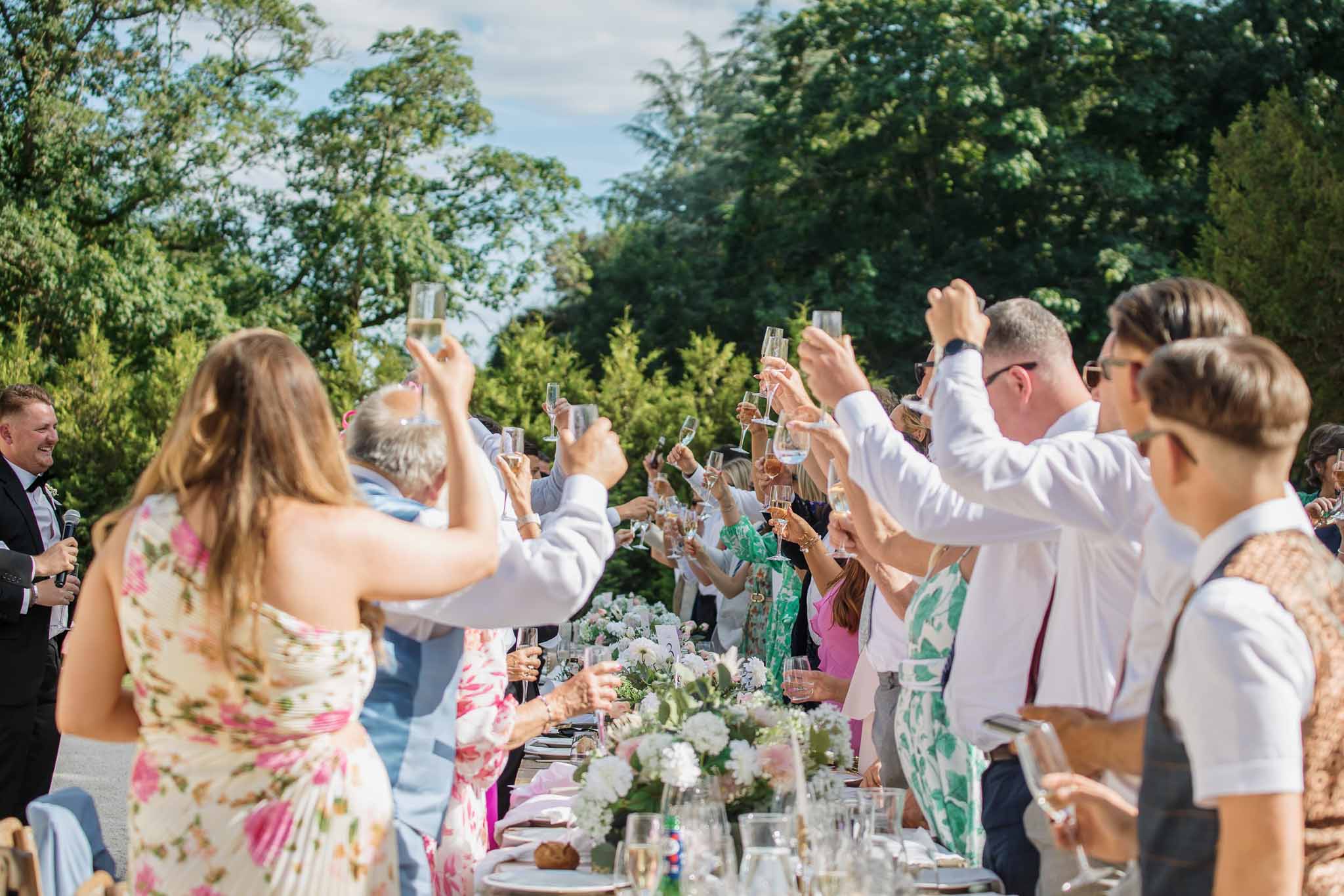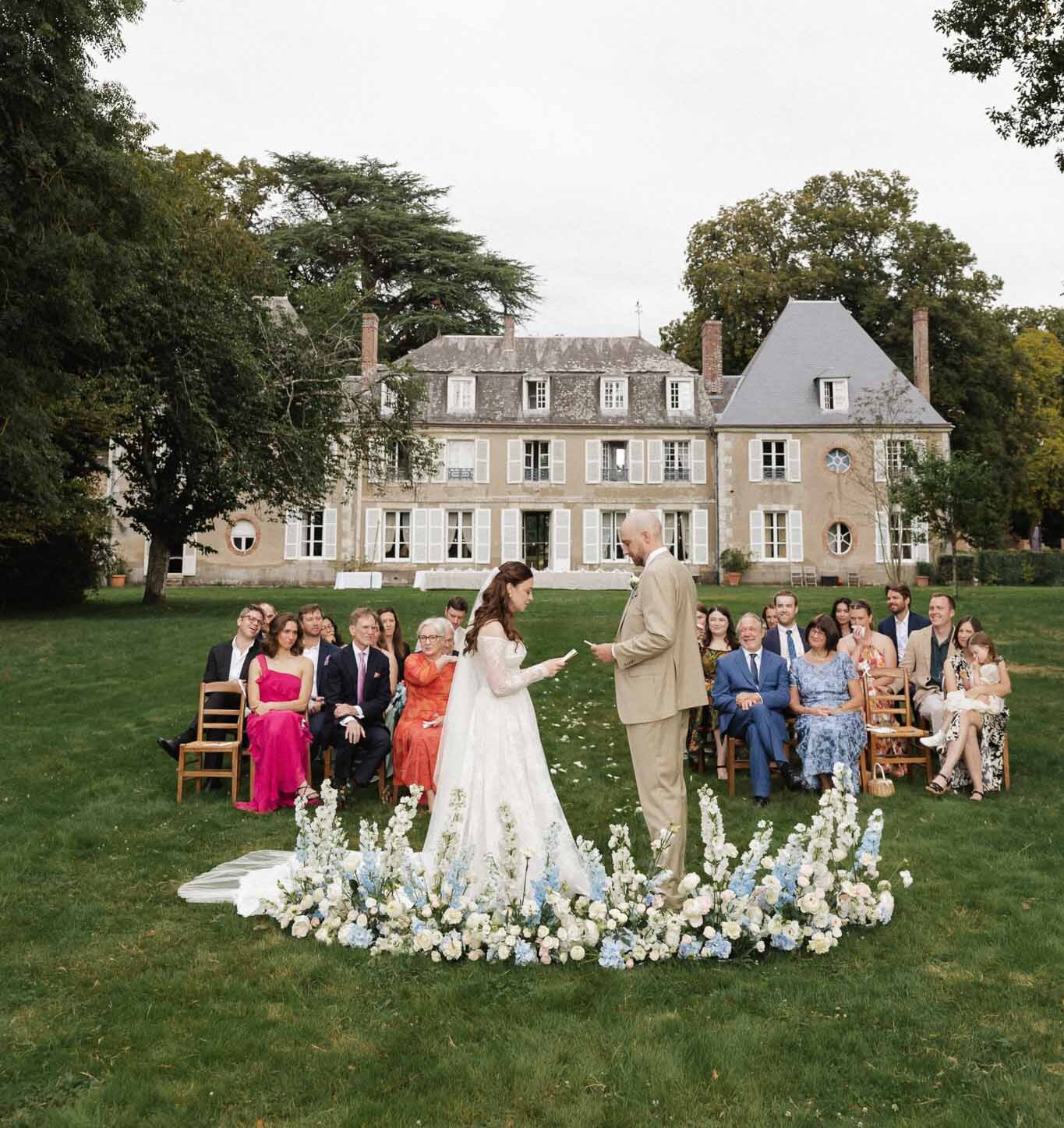Few things capture celebration quite like a glass of sparkling wine — especially when you’re saying “I do” in France. But not all bubbles are created equal. From iconic Champagne to crowd-pleasing Prosecco, each style has its own story, method, and personality. Whether you’re planning a luxury château wedding or a relaxed countryside gathering, understanding the key differences between Champagne, Crémant, Cava, and Prosecco can help you choose the perfect pour for your ceremony, toast, or reception. This guide walks you through everything you need to know — from how each wine is made to what it says about your style.
Key Insights
- Champagne is the gold standard for luxury weddings, offering depth, prestige, and complexity through its traditional bottle-aged method.
- Crémant delivers Champagne-like quality at a more accessible price, making it a savvy choice for couples prioritising both style and budget.
- Cava is Spain’s answer to elegance, made in the traditional method but often lighter, crisper, and more affordable — ideal for vibrant, outdoor celebrations.
- Prosecco shines in casual moments, thanks to its fruity charm, soft bubbles, and affordability from the tank method of production.
- Production method shapes everything, from texture to taste — traditional-method wines offer toastiness and finesse, while tank-method wines are fresh and fruit-forward.
- Choosing the right sparkling wine depends on the occasion, taste preferences, regional authenticity, and how much impact you want for your budget.
How Sparkling Wine Is Made
Sparkling wine is more than just festive — it’s a reflection of tradition, craftsmanship, and style. For couples celebrating in France, understanding how sparkling wines are produced offers insight into their character, cost, and ideal role in your wedding experience. From refined Champagne to fresh, fruity Prosecco, the method behind the bubbles shapes everything from texture to taste.
Traditional Method (Méthode Champenoise / Méthode Traditionnelle)
This revered approach, used in Champagne, Crémant, and Cava, involves a second fermentation in the bottle followed by months (or years) of aging on the lees — a process that yields elegant, fine bubbles and layered notes of brioche, toast, and citrus, making it the go-to choice for formal wedding receptions and elevated moments.
Charmat (Tank) Method
Favored for Prosecco and similar sparkling wines, the Charmat method uses large pressurized tanks for the second fermentation, resulting in a wine that’s quicker to produce and bursting with vibrant fruit, gentle bubbles, and an easygoing personality — perfect for pre-ceremony toasts, poolside welcome parties, or pairing with light Provençal fare.
What Production Methods Mean for Taste and Texture
The winemaking technique directly affects the sensory profile of the wine — traditional-method bottles are known for their depth, creaminess, and finesse, while Charmat-method wines deliver freshness, clarity, and casual charm, giving couples the freedom to match their wine choice with the tone and setting of their celebration.
Sparkling Wine by Type: Key Characteristics
Not all bubbles are created equal — and for destination weddings, knowing the distinct personalities of Champagne, Crémant, Cava, and Prosecco can help you choose the right bottle for your style, menu, and moment. From structured and luxurious to bright and budget-friendly, each offers something unique to enhance your celebration.
Champagne (France)
The iconic choice for French weddings, Champagne is synonymous with luxury, romance, and refinement. Produced only in the Champagne region under strict appellation laws, it represents the pinnacle of sparkling wine — making it the ultimate statement for your ceremony toast, elegant dinner, or late-night celebration.
- Region, grapes, and flavor profile: Champagne is produced exclusively in the Champagne region of France using Pinot Noir, Chardonnay, and Pinot Meunier grapes, delivering refined acidity, fine bubbles, and complex notes of toast, citrus, and stone fruit.
- What makes Champagne premium: Strict rules around vineyard practices, long aging periods on the lees, and the prestige of the appellation contribute to Champagne’s elevated status and higher price tag — making it ideal for luxury weddings and once-in-a-lifetime toasts.
- Sweetness levels explained: Champagne ranges from bone-dry Brut Nature to sweet Doux, and understanding these labels helps you align the wine with your food pairings and personal taste — Brut and Extra Brut are the most popular choices for wedding receptions.
Crémant (France)
Crémant offers all the finesse of Champagne at a more approachable price — without compromising on quality. Made in regions like Alsace, Bourgogne, and the Loire using the same traditional method, it’s an insider’s favorite for couples seeking style, substance, and a little extra room in the budget.
- What it is and where it’s made: Crémant is a traditional-method sparkling wine made outside Champagne, in regions like Alsace, Burgundy, and the Loire Valley — often with local grapes and offering a creamy, nuanced style at a more accessible price point.
- How it compares to Champagne: Although made using the same method, Crémant tends to be less intense in flavor and structure, yet still delivers finesse and elegance, making it a smart alternative for couples seeking Champagne quality without the premium.
- Best-value Crémants and recommended styles: Crémant de Bourgogne and Crémant d’Alsace consistently offer standout value, with styles ranging from crisp and citrusy to richer, more brioche-driven expressions — ideal for aperitifs, receptions, or pairing with local French cuisine.
Cava (Spain)
Cava brings Mediterranean soul to your glass — bright, crisp, and effortlessly celebratory. Made in Spain using the traditional method, Cava is dry, fresh, and incredibly food-friendly, making it an excellent choice for lively gatherings, al fresco dinners, and multicultural wedding weekends.
Regional grapes and aging process
Cava is crafted mostly in Catalonia using local grapes like Macabeo, Xarel·lo, and Parellada, and must age for at least nine months on lees — giving it a dry, clean profile with citrus and green apple notes.
- Distinctive traits and food pairings: With its vibrant acidity and subtle minerality, Cava pairs beautifully with Mediterranean fare, tapas, or seafood-focused menus — and its approachable pricing makes it a strong contender for welcome drinks or post-ceremony celebrations.
Prosecco (Italy)
Easygoing and joyful, Prosecco is the sparkling wine of spontaneity. Light, fruity, and made in the Charmat method, it’s perfect for casual French countryside celebrations, daytime events, welcome parties, or mixing into cocktails — and its affordability makes it a no-brainer for larger guest lists.
- Charmat method and fruity appeal: Made using the Charmat (tank) method, Prosecco is known for its bright fruit, floral aromatics, and soft, frothy bubbles — ideal for relaxed garden parties, brunches, or signature cocktails like the Bellini.
- Differences from traditional-method sparklers: Unlike Champagne or Crémant, Prosecco skips the bottle aging, which means it lacks the toasty complexity but offers an easy-drinking, crowd-pleasing freshness that shines in casual or contemporary wedding settings.
Comparing Styles: What’s the Difference?
With so many sparkling wines available, it can be tricky to know which one suits your wedding’s mood, menu, and budget. These quick comparisons break down the differences between the most popular styles — helping you choose the right bottle for every part of your celebration, from ceremony to send-off.
Champagne vs Crémant
Both made in France using the traditional method, but with distinct differences in origin, cost, and prestige. Champagne is the more luxurious and structured choice, while Crémant offers a similar experience with regional flair — ideal for couples balancing elegance with value.
Crémant vs Cava vs Prosecco
Each of these sparkling wines is made outside Champagne, but their methods, grapes, and personalities vary widely. Crémant brings creamy French sophistication, Cava leans dry and crisp with Spanish character, and Prosecco delivers fruit-forward freshness and casual charm.
Champagne vs Prosecco
Often compared but fundamentally different, Champagne and Prosecco are suited to very different wedding vibes. Champagne is refined and complex, while Prosecco is playful, light, and crowd-friendly — making it perfect for aperitifs, brunches, or welcome drinks.
Which is sweeter or drier?
Sweetness levels vary across all sparkling wines — but it helps to know the baseline. Champagne and Crémant typically lean dry (Brut or Extra Brut), Cava follows suit, while Prosecco tends to feel sweeter even when labeled Brut, thanks to its fruit-forward profile and production method.
Which is most similar to Champagne?
Crémant is the closest stylistic match to Champagne — sharing its method, structure, and often the same grape varieties. If you love Champagne’s finesse but want to stretch your budget further, Crémant from regions like Bourgogne or the Loire is your best bet.
Choosing the Right Sparkling Wine
The perfect sparkling wine isn’t always the most expensive — it’s the one that fits the moment. For formal wedding toasts or milestone celebrations in France, Champagne offers unmatched elegance and depth, making it a timeless centerpiece for your reception. If you’re after something more approachable without sacrificing quality, Crémant delivers impressive structure and style, especially when sourced from regions like Bourgogne or Alsace. For daytime events, welcome drinks, or gifting, Prosecco’s fresh, fruity charm is always well received, while Cava offers exceptional value for large gatherings or relaxed, Mediterranean-inspired meals.
Whether you’re choosing based on taste preferences, regional authenticity, or budget, there’s a sparkling wine that brings both meaning and magic to your celebration. From luxury statements to best-kept secrets, each style brings its own sparkle — and the right one will feel just as personal as the vows you exchange.



